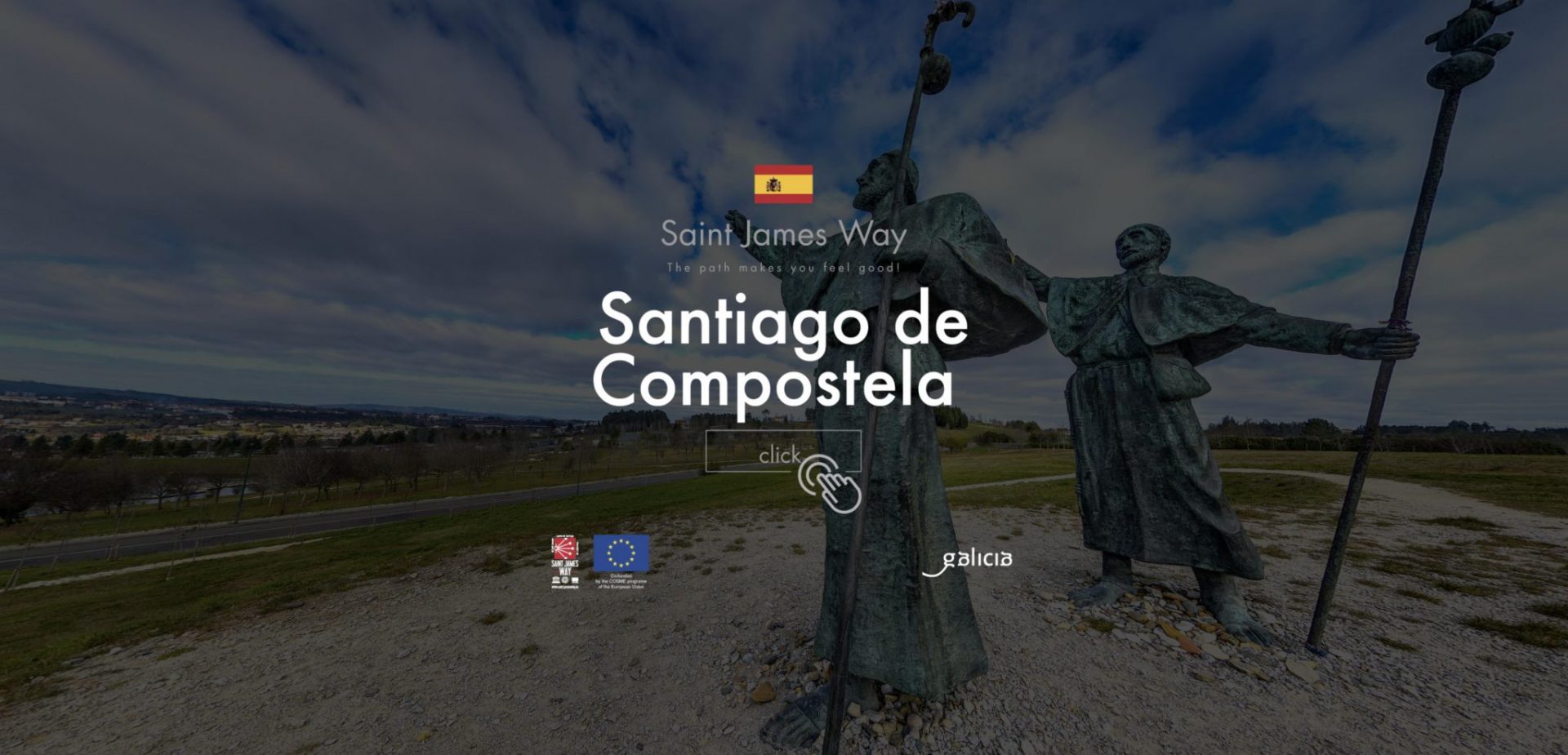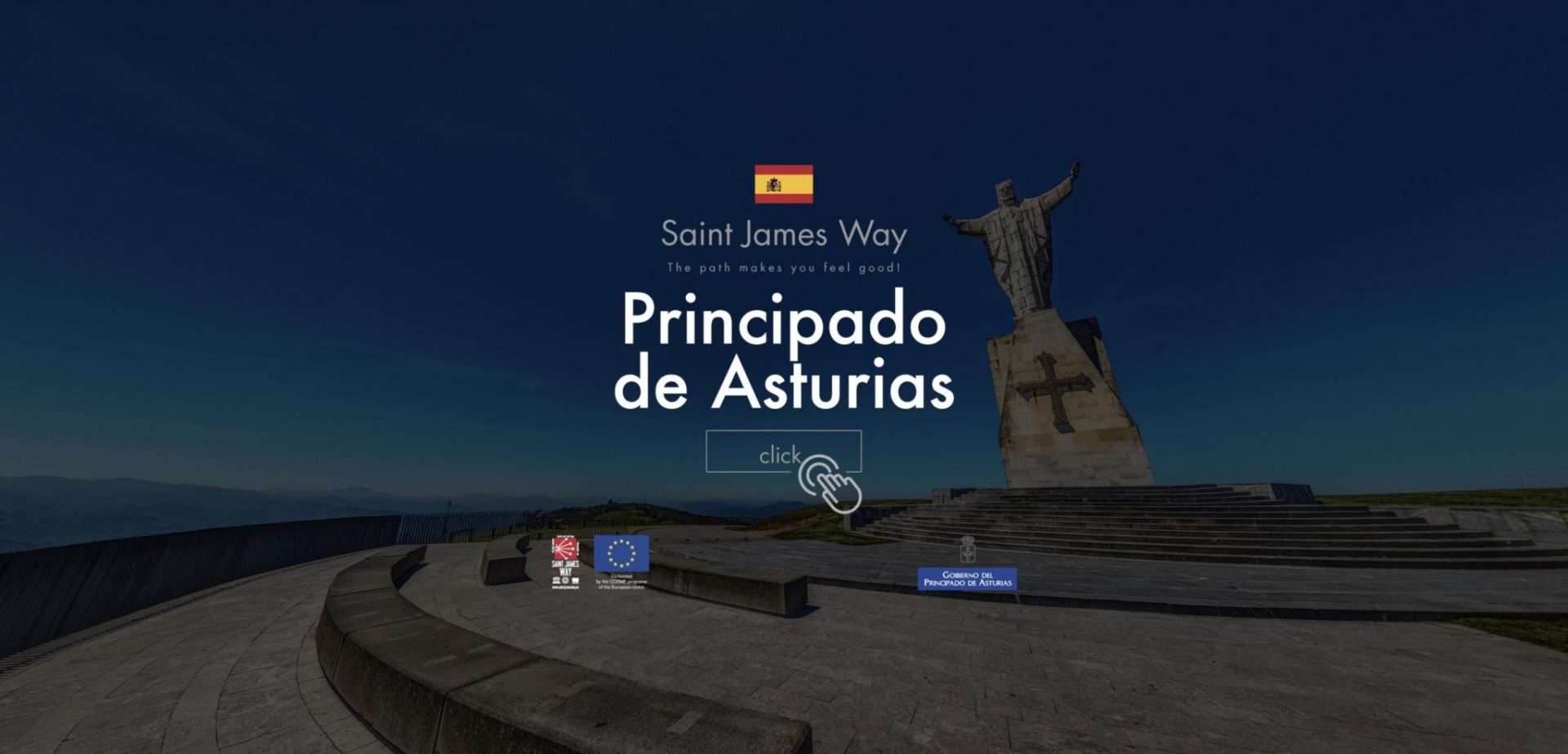
The Xunta de Galicia through the Axencia Turismo de Galicia manages the Camino de Santiago as it passes through the Community of Galicia and has been part of the European Federation since its inception.
On behalf of the Government of Asturias, the Ministry of Culture, Language Policy and Tourism, in charge of managing the Camino in this region, is part of the Federation.

The Roads through Galicia and Asturias
The French Way runs through the north of the Iberian Peninsula and crosses all of Galicia, along 154 kilometers (through San Xil) and 162 (through Samos) through significant places such as O Cebreiro, Triacastela, Sarria or Palas de Rei. Another possible route is the Mozárabe Way, 246 kilometers long, which passes through municipalities such as Verín, Xinzo de Limia Ourense to also reach Santiago de Compostela.
The Northern Way runs along the Cantabrian coast, giving pilgrims impressive mountain and sea landscapes. The safest path of choice for pilgrims in the Middle Ages, allows you to discover the cultural and natural wealth of its ancient heritage. Asturias also travels the Primitive Way, which leaves for Santiago from the imposing Cathedral of San Salvador in Oviedo, a UNESCO heritage site and the origin of the first pilgrimages to Santiago.
NEWS
THE WAYS IN SPAIN
THE NORTH WAY
Green Spain is a land of pilgrims, where the Camino de Santiago preserves its true essence and crosses places of singular beauty. The Northern Way, used to travel to Santiago safely by European kings for much of the Middle Ages, is an incentive for the beauty of its landscapes. Thus, any of its variants, -be it the Primitive Way, the North Way or its many branches-, are the best option to live, in an intense and authentic way, the essence of this route. A tour that allows you to discover the cultural and human wealth of the land through which it runs.
THE PRIMITIVE ROAD
The Camino Primitivo is the first pilgrimage route, the oldest. It connects Oviedo with Santiago de Compostela and runs largely along Roman roads. The first pilgrim king was precisely the Asturian-Galician monarch Alfonso II the Chaste, who, in the first third of the 9th century, wanted to travel to Santiago to confirm that the remains that had just appeared in Compostela were really those of the apostle.
Recognized in 2015 by UNESCO as a World Heritage Site along the Camino del Norte, the Camino Primitivo departs in Asturias from Oviedo, crossing the towns of Las Regueras, Grado, Salas, Tineo, Allande and Grandas de Salime for 145 kilometers. The pilgrim will find, all along the way, a rich cultural heritage, presided over by the Cathedral of San Salvador, in Oviedo, or the Monastery of San Salvador in Cornellana, both included in the UNESCO World Heritage list for their link to the Camino de Santiago.
In Galicia, the Primitive Way crosses in its 171 kilometer stretch the municipalities of A Fonsagrada, Baleira, Castroverde, Lugo, Guntín, Friol, Palas de Rei, Toques and Melide, where it connects with the French Way that through the municipalities of Arzúa y O Pino arrives in Santiago de Compostela. The importance of this route is evident in the high number of pilgrim hospitals or in the Cathedral of Santa María de Lugo, which even today enjoys the papal privilege of exposing the Blessed Sacrament day and night, among other relics that attract the visit of the pilgrims.

